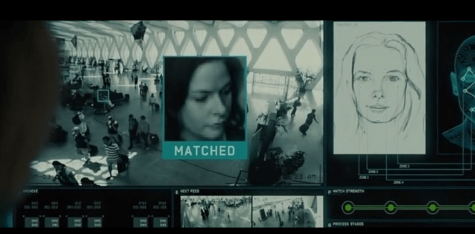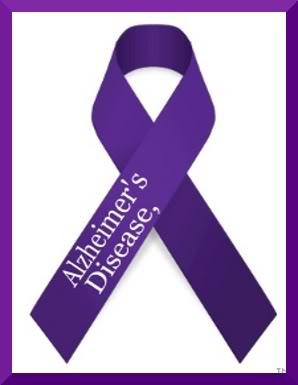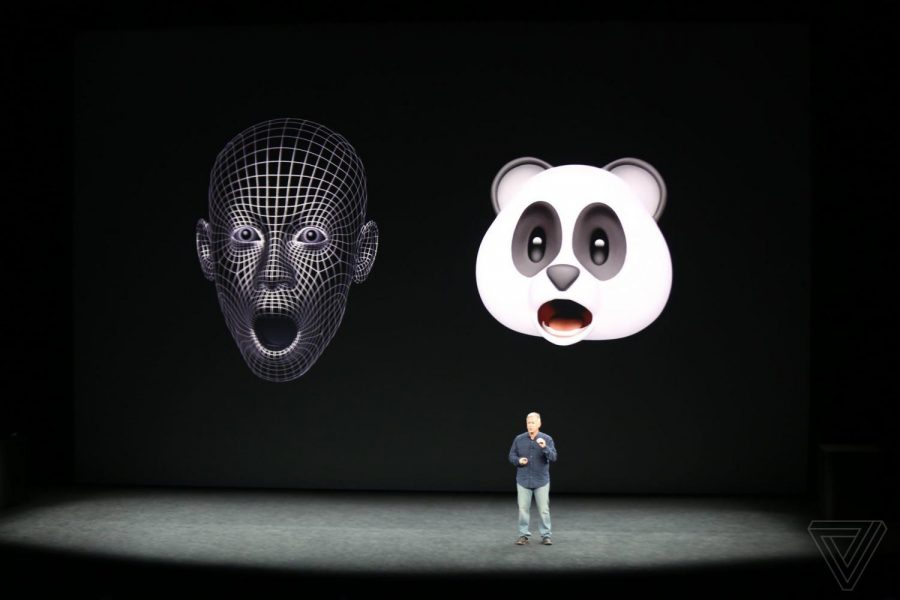THE GOOD TECH
Will Facial Recognition Tech Save or Fail Us?
October 16, 2017
Apple is rolling out new iPhones once again. This time it’s the iPhone X. Its biggest change? The X debuts new facial recognition technology which allows users to easily log in and make purchases, and, oh yeah, pretend to be a poop emoji.
While, yes, there tend to be some entertaining applications of Facial Recognition Technology (FRT), there are many more significant aspects about it. For instance, FRT’s have assessed individual faces and a) diagnosed diseases based on similar facial characteristics or even b) taken down some of the nation’s most notorious criminals through various cross references through a criminal database.

These applications are minimal, and are by no means the end of the tech’s potential. For instance, FRT could play a vital role in helping those 1 in 68 individuals born with Autism- a disease characterized by an individual’s inability to communicate with others effectively.

In previous studies, FRT allowed blind persons to find out which facial expressions people around them had, by sending a vibration, a pulse, to the individual at a certain rate. In the case of Autism, it is possible that the technology could also help in identifying which particular emotions other people have, in an effort to help the victims understand their environment.
Besides Autism, FRT could also help mitigate the damage left by Alzheimer’s Disease- which progressively degrades an individual’s memory. In the past, FRT has been able to locate lost pets/persons, but has barely, if ever, been used to identify persons missing from Alzheimer’s.

In this case, FRT could utilize a facial database to cross reference recorded faces, with those found currently in the environment. If this technology can go as far as reuniting lost friends and family, I believe that this technology will continue to give in a bright future.

